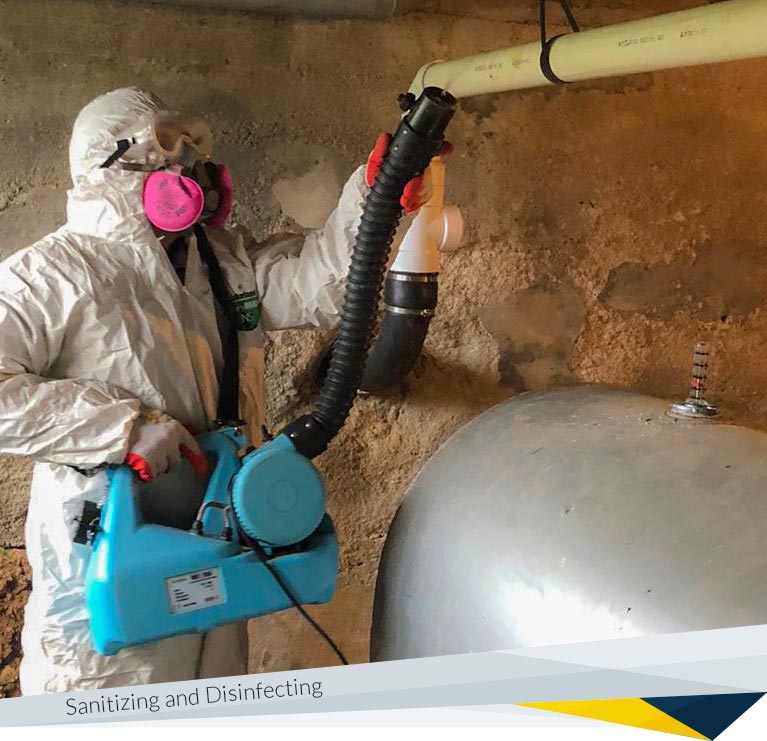
The coronavirus pandemic continues to unfold. With no end to the crisis in sight, it's important to stay vigilant and not to let our guard down. The first step in protecting ourselves from this infectious disease is being well informed on how it spreads and the preventive measures that we need to take. Knowledge plays a key role in preventing COVID-19 infections and staying healthy.
At FDP Mold Remediation, the health of our community is at the top of our priority list. To help protect our customers, we have previously written an article on cleaning and disinfecting your home and office for coronavirus prevention. But due to the importance of this subject, we decided to present vital COVID-19 information in a visual format to help you better understand this disease and remember the protective steps you need to take.
If disinfecting your property is a task too difficult for you to do or you simply don't want to put yourself at risk of contracting the virus, no worries. Our coronavirus cleaning and disinfection services are the perfect solution to treat a large area quickly using an effective disinfectant that's approved by the EPA. We deeply care about our community and urge everyone to remain cautious and follow the recommendations outlined in this infographic to prevent possible illness.

COVID-19 Pandemic timeline:
You should understand that COVID-19 is a new disease and there is limited information regarding risk factors for severe illness. Based on the currently available information and clinical expertise, the following groups of people might be at a higher risk:
According to research from the New England Journal of Medicine, COVID-19 can survive:
Additionally, the CDC reports that COVID-19 was found on the Diamond Princess ship 17 days after passengers left their cabins.
According to the CDC COVID-19 cleaning and disinfection guide, you can use:
The general recommendation is to use a mask, gloves and an apron/protective gown during the cleaning and disinfecting process. Clean your hands immediately after the gloves are removed.